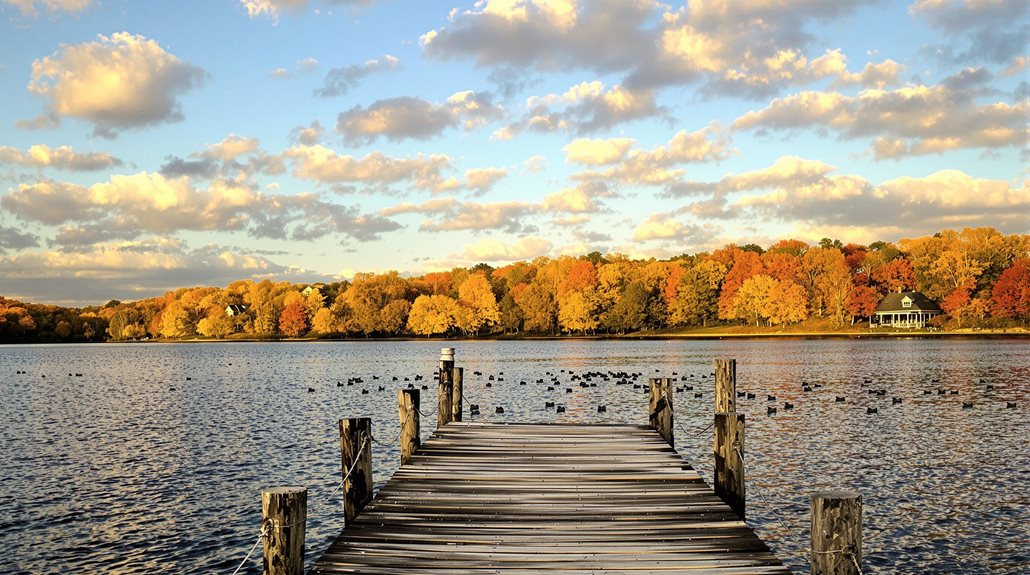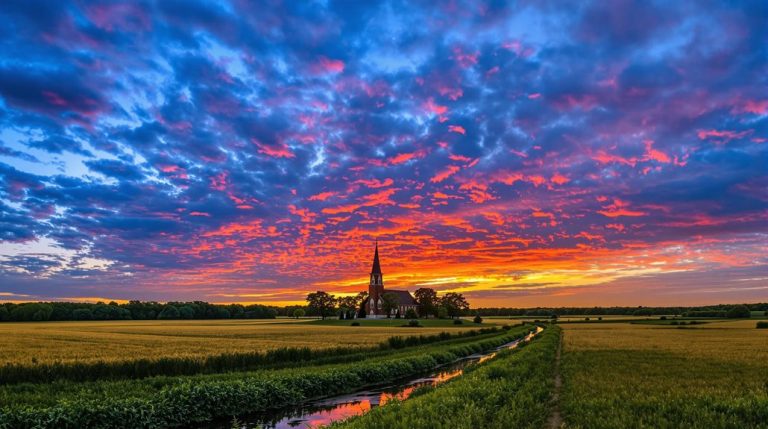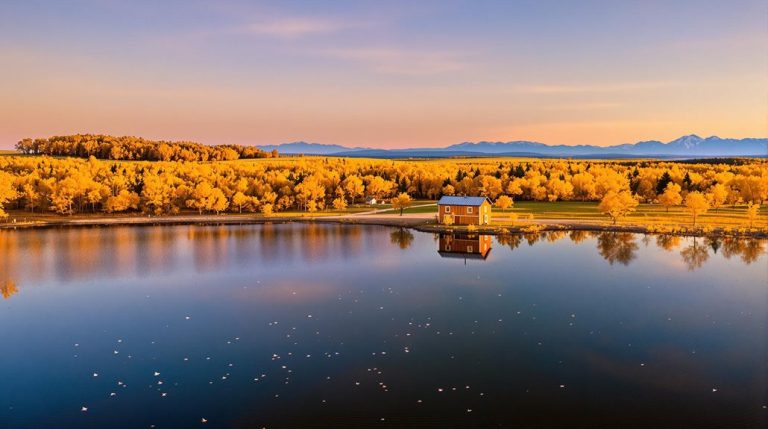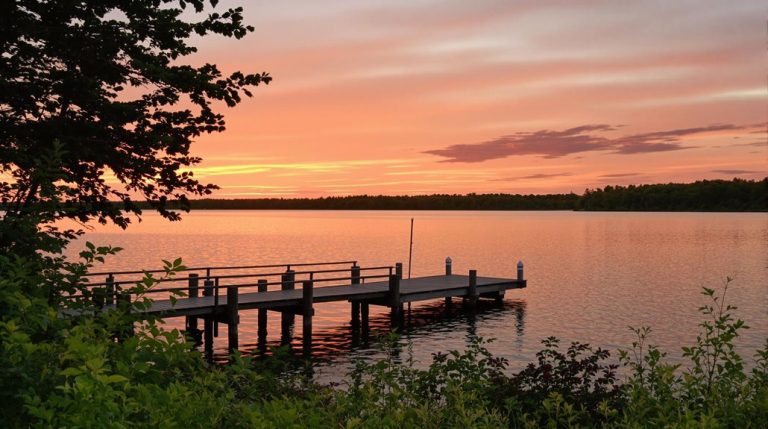New Hope MN
New Hope, Minnesota, emerged from Crystal Lake Township as an agricultural community in the early 20th century. It evolved into a suburban city with its incorporation in 1953 to preserve territory and facilitate growth. Today, New Hope is a thriving suburb with approximately 20,000 residents, featuring strong economic development initiatives and a commitment to community engagement. Further insights into its transformation, community profile, and challenges await further exploration.
Expert Highlights
- New Hope, MN, originated from Crystal Lake Township as an agricultural community.
- Incorporated as a city in 1953 to promote growth and preserve land.
- Rapidly transformed from rural to residential in the mid-20th century.
- Offers easy access to major highways for enhanced connectivity.
- Features a diverse community with a focus on economic development.
Historical Background
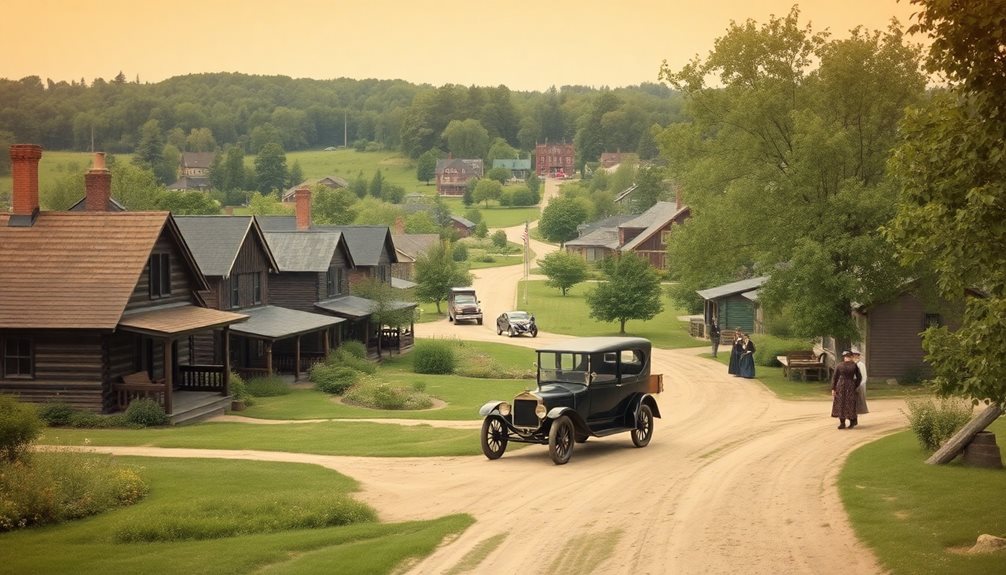
While Minneapolis was experiencing rapid growth during the early 20th century, the area now known as New Hope remained primarily agricultural. Residents lived off their farm goods, often selling excess produce to Minneapolis.
Originally part of Crystal Lake Township, New Hope became distinct as housing developed westward from Minneapolis. In 1936, some residents broke away to form New Hope Township, resisting urban taxes.
However, by 1953, New Hope incorporated as a city to preserve its territory and growth trajectory, evolving from rural to residential. This shift led to rapid population expansion.
The city’s residential development included many homes with custom deck designs that complemented the area’s architectural evolution from farmland to suburban living spaces.
Transformation and Development
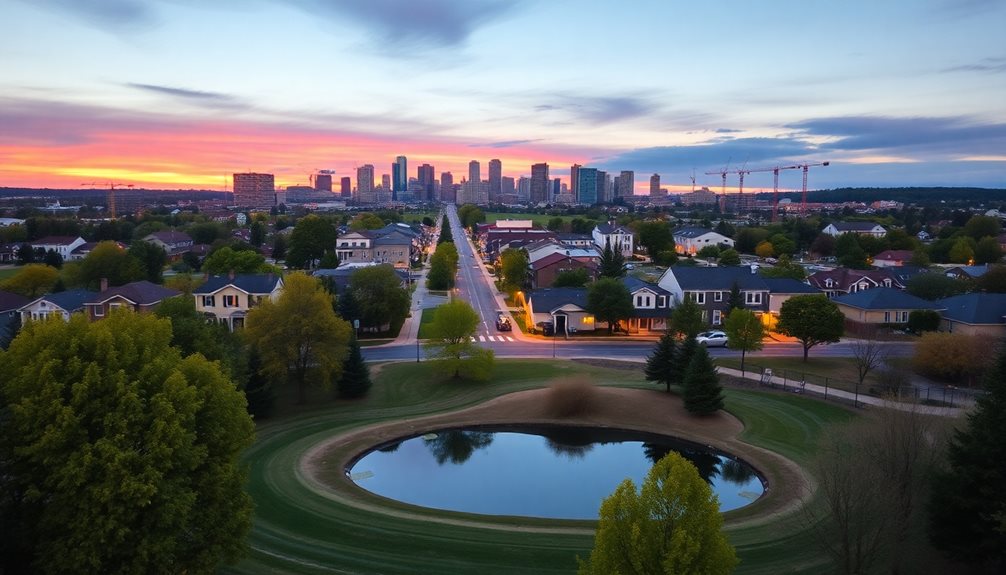
The shift from a mainly rural to a residential community marked a pivotal point in New Hope’s history, as it began to adopt more urban characteristics and development strategies.
This transformation is evident in several key areas:
- Economic Revitalization: Through the Economic Development Authority, New Hope promotes business and housing development.
- Housing Renewal: The Scattered Site Housing Program targets distressed properties for redevelopment.
- Infrastructure Improvements: Enhanced access to major highways facilitates connectivity.
- Community Engagement: Collaborative efforts with residents and developers improve livability and property values.
The city’s commitment to enhancing outdoor living spaces includes support for custom deck construction that integrates seamlessly with residential properties and neighborhood aesthetics.
Community Profile
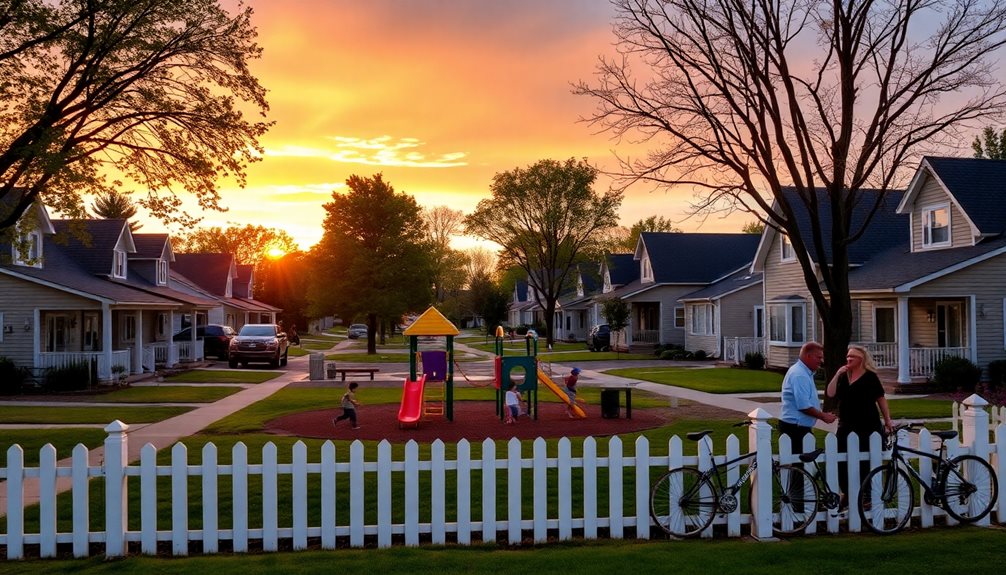
New Hope, Minnesota, presents a diverse community profile, characterized by a population of approximately 20,705 residents as of 2023, ranking it as the 59th most populated city in the state. The racial makeup is primarily White and Black or African American. The median household income is around $73,698. Community development focuses on thorough planning to enhance housing, businesses, and transportation. Residents can enhance their properties with custom-designed decks that seamlessly blend with existing home architecture.
| Demographic | Data (2023) | Description |
|---|---|---|
| Population | 20,705 | Total residents |
| Median Income | $73,698 | Average household income |
| Racial Majority | White (59.4%), Black (26.6%) | Dominant ethnic groups |
Challenges and Opportunities**
Pivoting from New Hope’s community profile, which highlights its diverse demographics and socioeconomic characteristics, the city also faces a range of challenges and opportunities that shape its development trajectory.
Key issues and opportunities include:
- Diversity and Inclusion: Enhancing cultural competence and addressing historical biases.
- Fair Housing: Implementing policies to guarantee equitable access to housing.
- Economic Growth: Supporting local businesses and workforce development.
- Community Engagement: Fostering inclusive practices to promote shared prosperity for all residents.
The city’s residential development plans include creating maintenance-free decks that enhance property values while requiring minimal upkeep from homeowners.
Expert Final Thoughts
Ultimately, New Hope Minnesota’s transformation from an agricultural community to a thriving city reflects its strategic adaptation to urban expansion. Incorporated in 1953, it experienced rapid growth, reaching 24,000 residents by 1971. Today, New Hope offers diverse residential options, robust economic development initiatives, and accessible amenities, positioning it as a dynamic suburb within the Twin Cities area.

